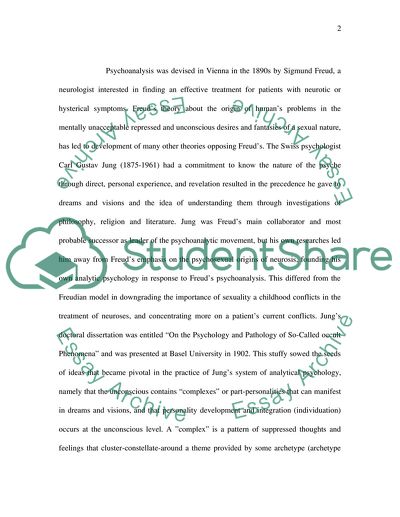Cite this document
(“C. G. Jung about Dreams Essay Example | Topics and Well Written Essays - 2500 words”, n.d.)
Retrieved from https://studentshare.org/miscellaneous/1539055-c-g-jung-about-dreams
Retrieved from https://studentshare.org/miscellaneous/1539055-c-g-jung-about-dreams
(C. G. Jung about Dreams Essay Example | Topics and Well Written Essays - 2500 Words)
https://studentshare.org/miscellaneous/1539055-c-g-jung-about-dreams.
https://studentshare.org/miscellaneous/1539055-c-g-jung-about-dreams.
“C. G. Jung about Dreams Essay Example | Topics and Well Written Essays - 2500 Words”, n.d. https://studentshare.org/miscellaneous/1539055-c-g-jung-about-dreams.


